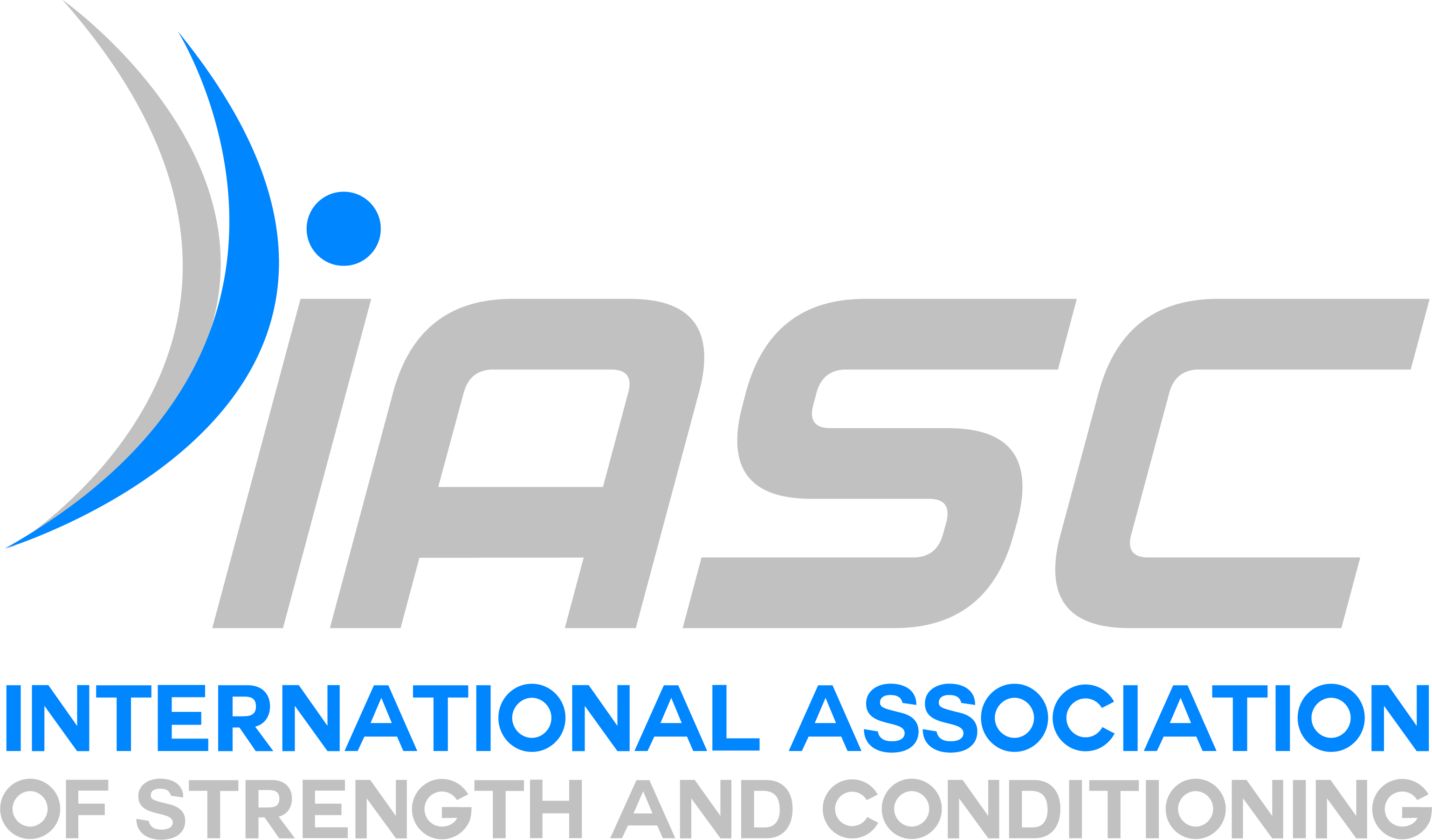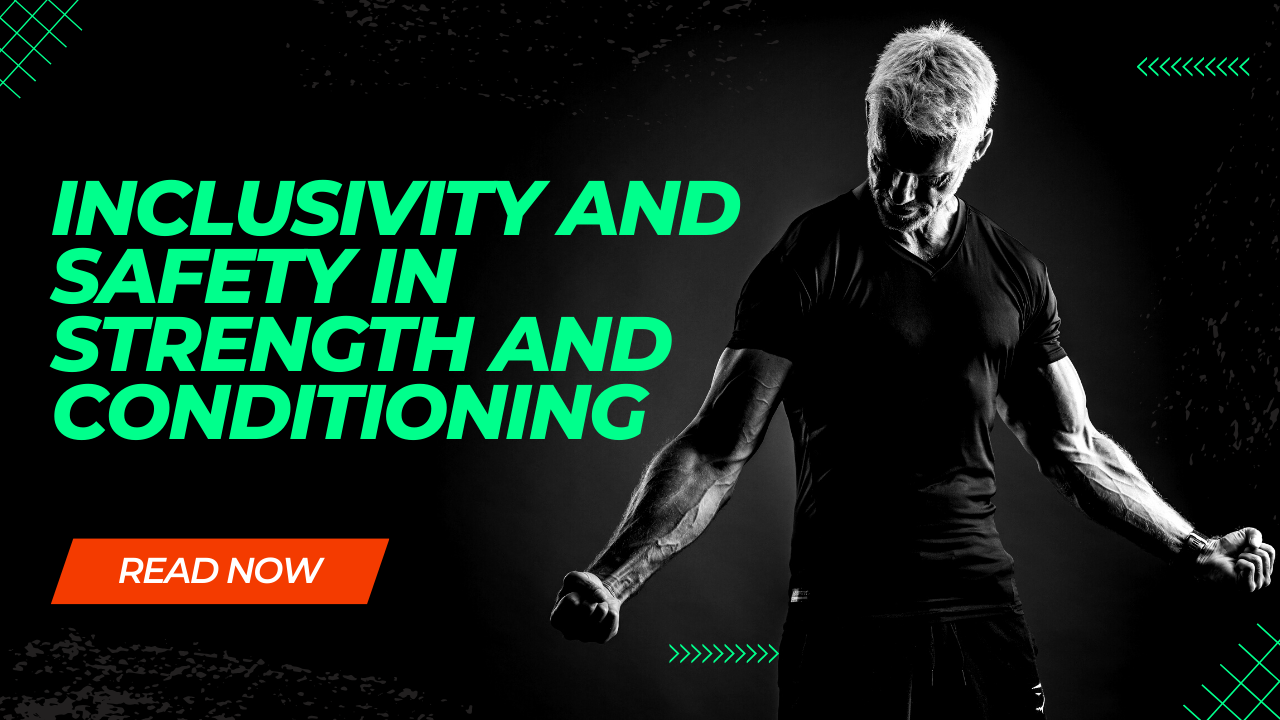A personal trainer works with clients who require guidance and coaching in various areas, including nutrition, supplementation, fitness assessment, exercise programming, sports conditioning, flexibility techniques, and more. Personal trainers can train both one-on-one and in group instruction. Group instruction provides multiple benefits to both coach and clients, including sociability, learning from peers as well as instructors, and typically lower rate structures for participants while still allowing the trainer to get a solid per-hour rate.
Personal trainers should begin their work with an assessment of their clients. Through conversation and forms, they get information about the client’s health and medical status, lifestyle, expectations, and preferences. Then they can set realistic and measurable short- and long-term goals and design a proper program.
Personal trainers help their clients with:
- Teach proper and safe exercise techniques;
- Monitor, record, and evaluate progress;
- Observe the program
- Support and motivate their clients
- Work as consultants for their clients when they are setting up training equipment in their homes
- Offer nutrition and weight management counseling
“So what do personal trainers really do?
- Body composition and fitness assessments
- Muscle building and toning
- Boot camps
- Group dance sessions”
- “Individual exercise programs
- Individual weight/fat-loss programs
- Nutrition consulting (in conjunction with a licensed nutritionist)
- Strength and endurance training
- In-home or in-office personal training
- Home gym development
- Personal training for teenagers and children
- Personal training for seniors
- Clinical exercise
- Sports conditioning
- Wellness coaching
- Stress management programs
- Special focus training such as cardio-respiratory, circuit, and resistance
- Flexibility exercises
- Individually designed high- or low-impact step and aerobics programs
- Individual or small group training
- Seminars and classes on fitness”
Some personal trainers work with clients who have injuries and need help return back to a normal active lifestyle. Personal Trainers work with clients’ medical doctors and physical therapists to establish an appropriate exercise program.
Personal Trainers work with different athletes to help them improve their performance for the coming season. They work with athletes who need to stay at the top physical fitness level or get back into shape quickly for an event.

What are the personalities of personal trainers?
- Personal trainers give their clients their whole attention.
- Personal trainers are totally committed to helping their clients achieve their goals.
- A personal trainer needs to be highly adaptable. When their clients have time, personal trainers work.
- A personal trainer should be more knowledgeable and skilled.
How to Become a Fitness Trainer
1. Have a high school diploma
Most certification programs only require a high school diploma. But A degree in exercise science, physical education, and kinesiology are advantageous.
2. AED/CPR Certification
Personal trainers must complete cardiopulmonary resuscitation (CPR) and automated external defibrillator (AED) certification programs. These programs teach trainers how to help a client in a medical emergency until a medical professional arrives.
3. Be fit.
First of all, you must be well-fitted. You regularly do your exercise to tone your muscles to make you one of the sexiest individuals, particularly in your community.
4. Get a certification
Then, you study hard as well as work hard to be a certified personal trainer. If possible, get your personal training certification from the well-known personal training association or organization that gives certification such as the International Association of Strength and Conditioning (IASC).
5. Apply for jobs and build a portfolio
You have to prepare your resume as prescribed by all the personal trainers’ associations in hiring a personal trainer. But before typing any letter in your personal training curriculum vitae in front of the computer, you have to come up with what are the main topics to enter in your submission.

The Business of Personal Training
Personal trainers should constantly think strategically about their growth scenario and make long-term plans.
Building and maintaining a devoted customer base or following is the primary goal of starting and operating a successful business. The characteristics of their customers, such as where they live, where they’re from, what they like and dislike, and what they can do to draw in new customers and, more crucially, keep them coming back, are all things that successful businesses are highly interested in.
Running a successful personal training business is no different than running a successful Fortune 500 business; in this business, the customer always comes first!
Good customer service is the key to getting clients’ attention and keeping them happy.
Most personal trainers enjoy learning about new training systems, nutrition science, and fitness equipment. Personal trainers think about their lifestyle and they’ve decided to select their profession. However, there is much more to personal training than nutrition and training. Personal training requires skills in other industries such as sales, marketing, and finance. The personal trainer business is no different compared with any other business; it takes time, determination, preparation, and a well-thought-out and detailed plan.
Where to Work as a personal trainer?
There are a number of facilities that allow you to start work as a personal trainer.
- Fitness center
- In-Home Personal Training
- Online fitness coach
- Owning your facility
- Outdoor Boot Camps
- Hotel
- University
- Athletic Performance Centers
- Resorts and Cruise Ships
- Your Own Home Gym







